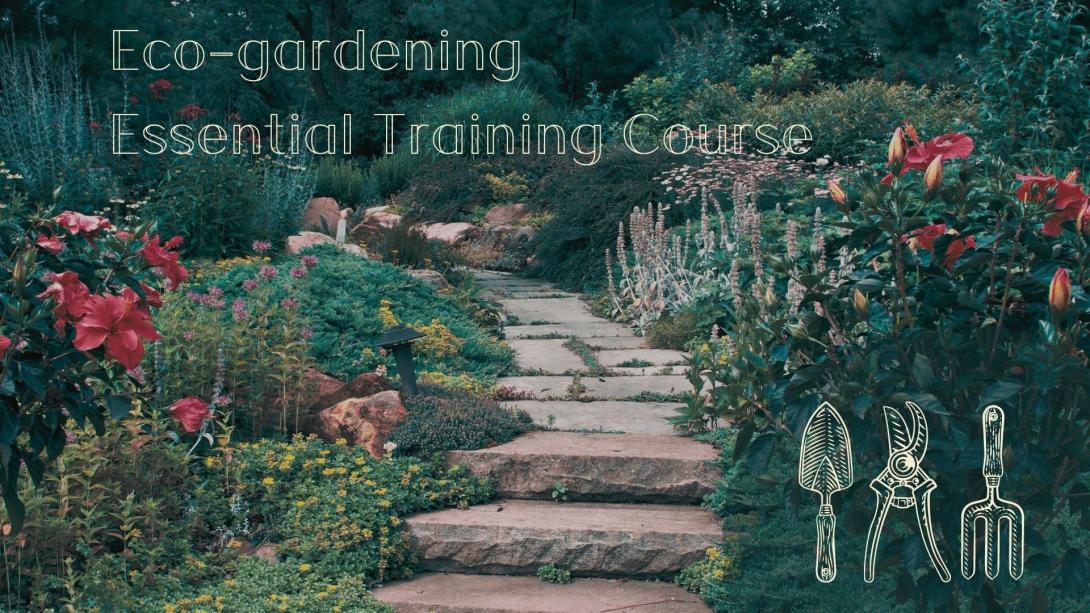
Ecological garden design is a holistic approach to creating abundant, low maintenance gardens. An ecological garden is more than the sum of its parts. It becomes a living, breathing complex system, it does this by integrating a diversity of species into a coherent, interconnected whole. Recently, the movement towards sustainable gardening is gaining momentum, however it still stems from a fragmented approach to garden design.
Conventional garden design prioritises style over function, and often fails to connect soil, water and plants into a cohesive pattern. These gardens look good but are high maintenance, labour intensive and high cost to set up. Even with growing public awareness about the need to nurture wildlife and preserve native species, conservation landscapes tend to exclude people, or limit their access.
However, people are also a living part of the landscape and instrumental in ensuring the continuity of re-wilding in the future. Without access to natural environments where people can learn about ecological principles in action it becomes harder to know how to work with these useful patterns in the garden. Many urban gardeners labour intensively to create green spaces and take on board trending gardening advice, they will introduce a corner for wildlife here, some flower beds at the front garden, a corner for a small scale natural landscape there, and a vegetable patch tucked away at the bottom of the garden. This is often done in a higgledy-piggledy manner with the end result often being disconnected elements that demand continuous maintenance work. For instance, a corner for wildlife and a semi wild landscape is laid out to exclude people and can attract undesired visitors to the vegetable growing patch. A vegetable garden does not offer much habitat to native insects and birds, it actively attempts to keep them out, here they become pests. The flower garden can attract pollinators but does not produce food or medicine and often is on display as far as possible from the vegetable garden.
With some forethought, gardeners can overcome these challenges by design. When gardeners work with ecological principles they learn to integrate many elements into a functioning, efficient ecosystem that can build soil, harvest water, provide habitats for wildlife and build high yielding, supportive plant communities. Now, the garden can begin to emerge as a resilient, natural network, a place where people can cultivate a deeper knowledge about how nature works, learn to cooperate with life and appreciate how biodiversity generates abundance. Imagine the positive impact on the wider environment interlinked urban ecological gardens can have in greening cities and educating people in the not so distant future. Humans through their actions have triggered a series of environmental crisis but humans are also the solution to the crisis, and nature is willing to cooperate...
This course was shaped by the ecological principles used in permaculture design, so the terms permaculture design and ecological design are often used interchangeably. The aim is to apply permaculture design to the art of designing ecological gardens that work with nature rather than against it, that foster cooperation between all species instead of for example using toxic chemicals to eradicate plants or insects perceived as invasive or damaging.
In ecological gardens we learn to make use of biological processes to keep the garden system in balance. We start with looking at what is permaculture design. It is not only about gardening, in fact its main purpose is to pattern the structures people need to design to cultivate a harmonious relationship with the Earth and all living systems. It co-opts useful knowledge from a diversity of natural and social sciences. As the course progresses we will focus on permaculture design specifically through the lens of practising ecological garden design, although the course also functions as an Introduction to Permaculture Design.
